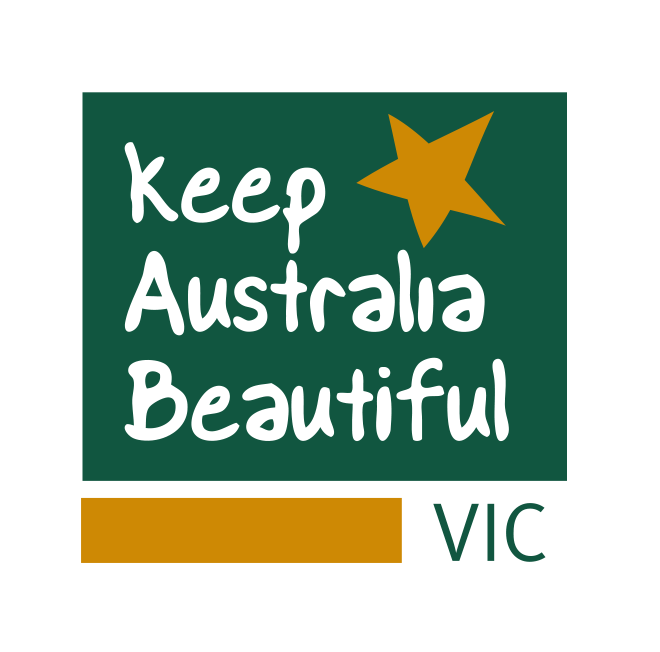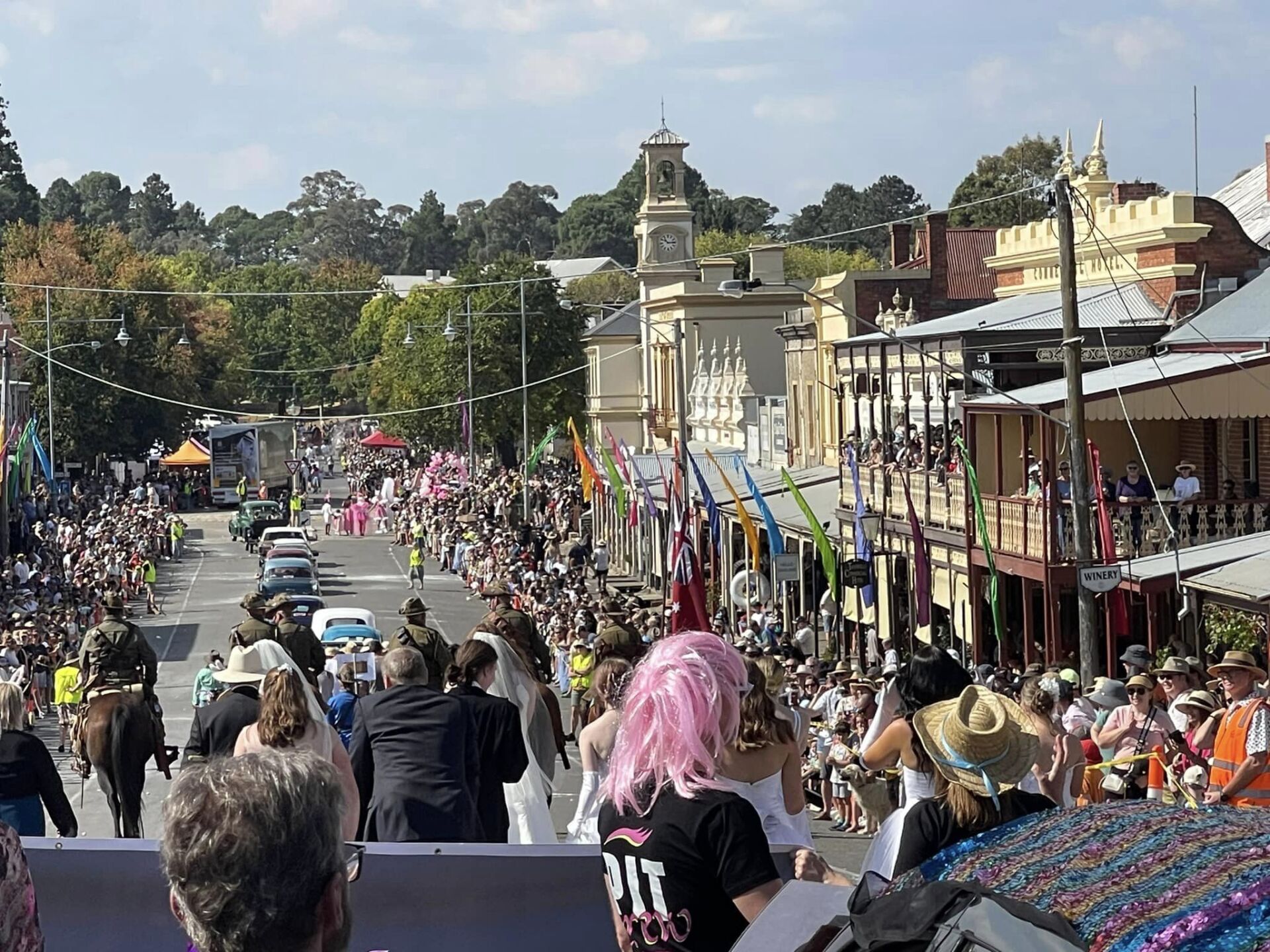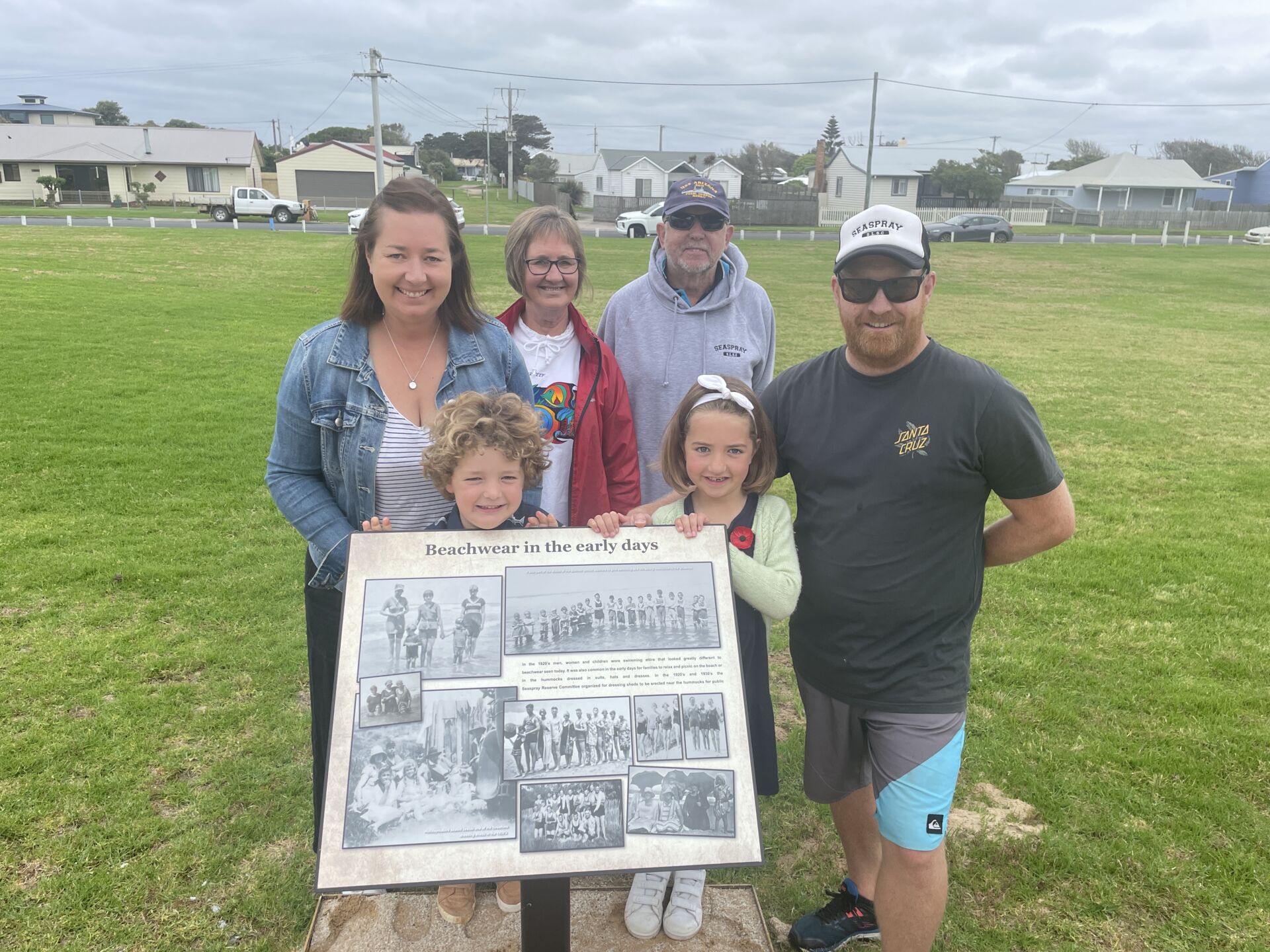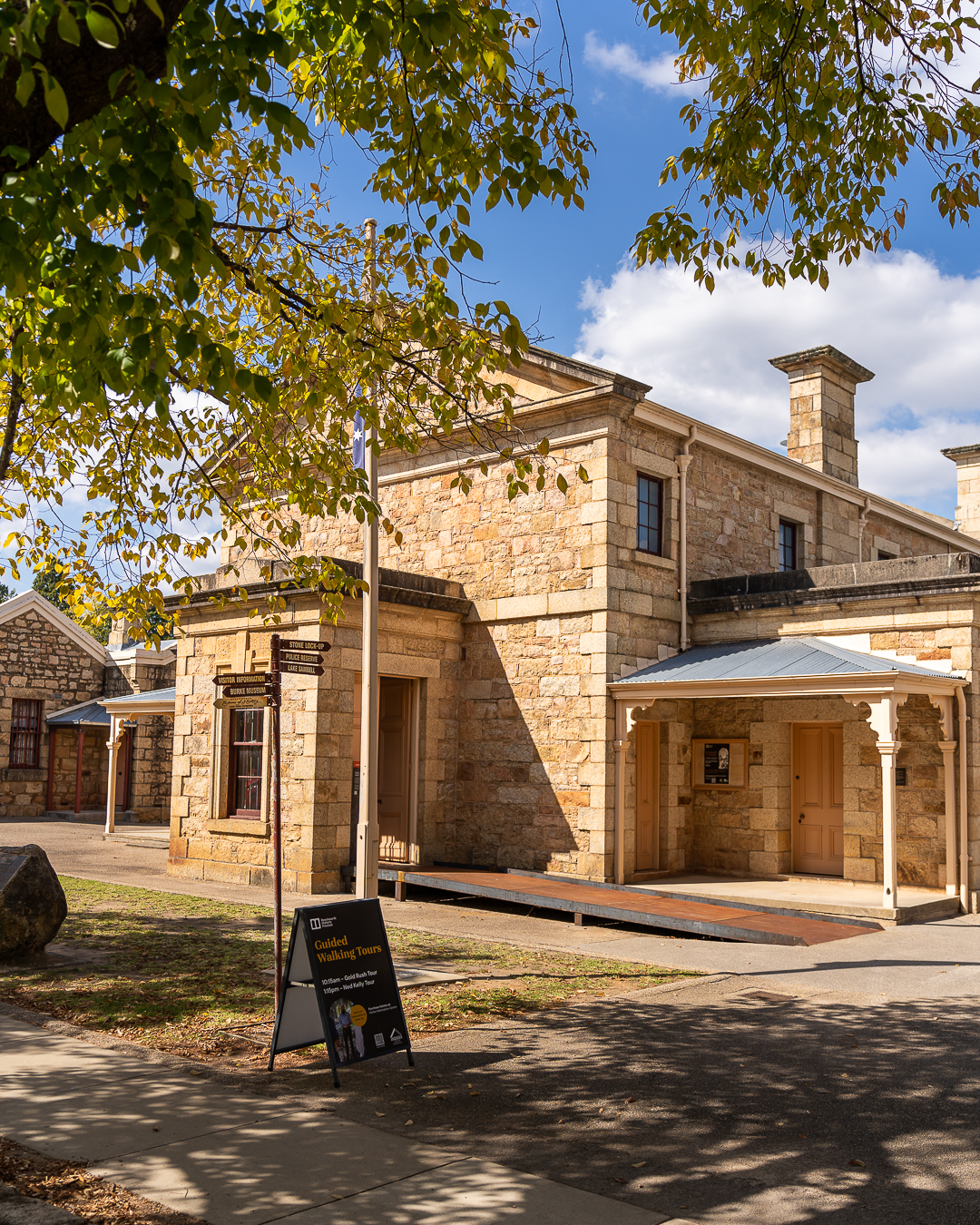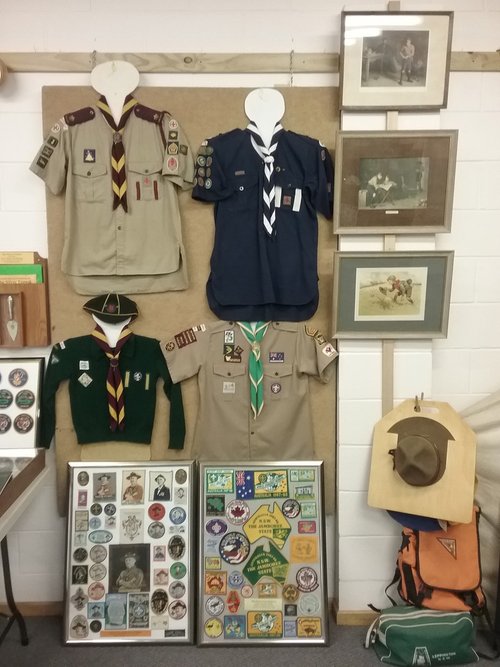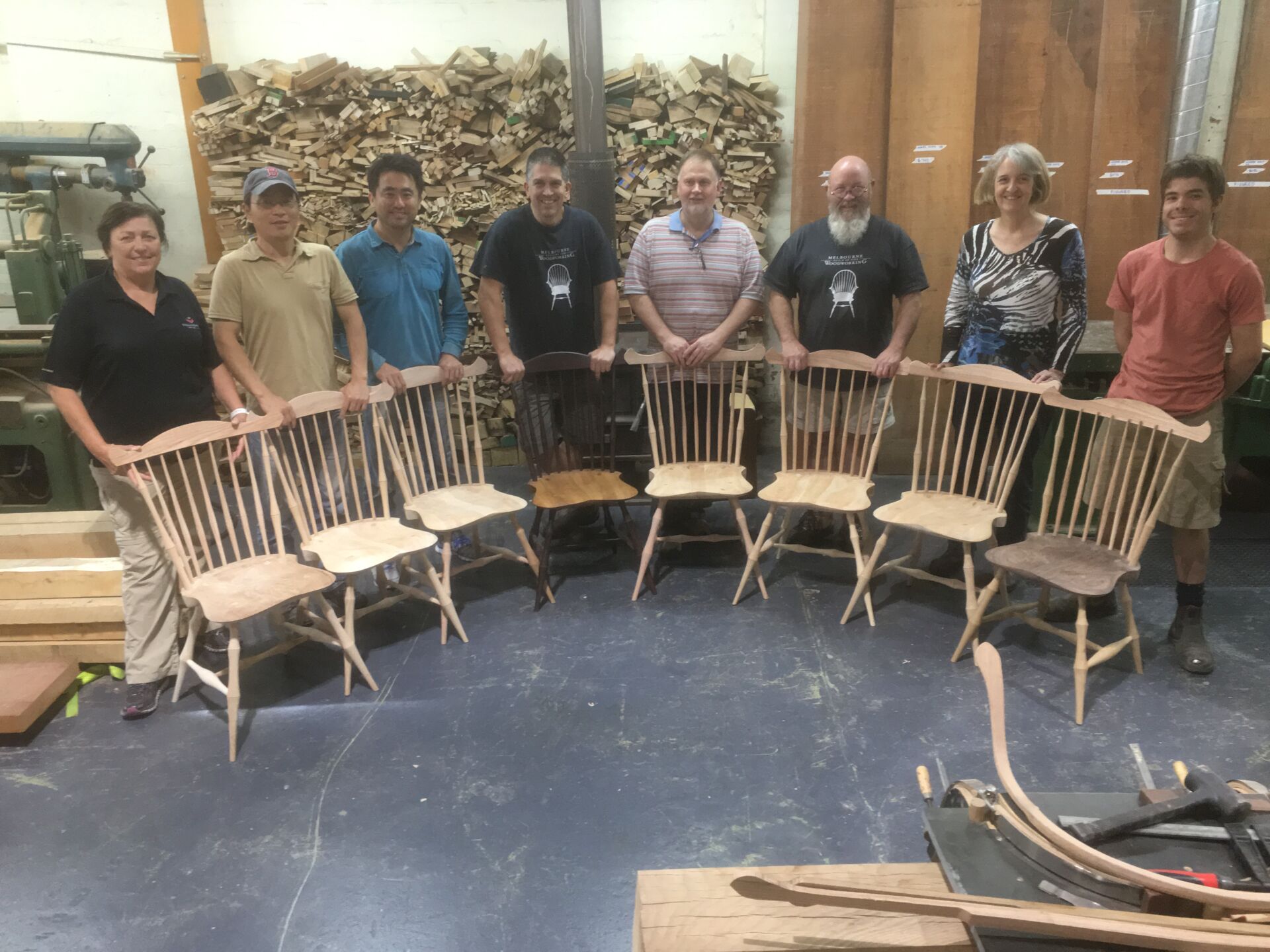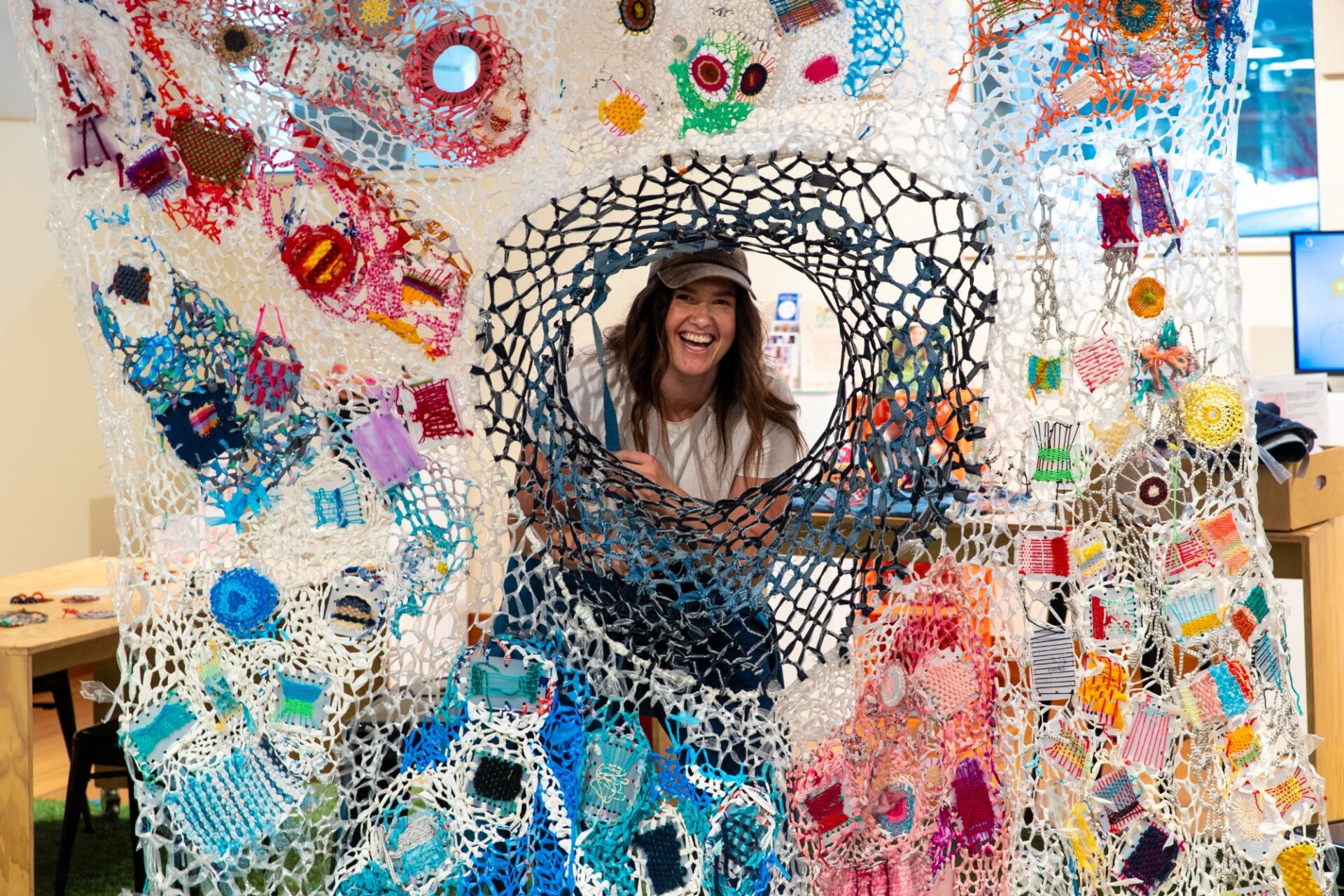2024 Tidy Towns & Cities Finalists:
Heritage & Culture

Beechworth – Indigo Shire
The Golden Horseshoes Festival celebrates the 1855 election of Daniel Cameron, who rode a horse shod with gold shoes. The festival includes a Grand Parade, the shoeing of a horse with gold shoes, and features music, markets, and traditional festivities. This historic event attracts thousands each Easter, promoting community spirit and local prosperity.
Seaspray – Wellington Shire
The Seaspray Ratepayers’ Association led the installation of 12 signs along the towns historic foreshore to showcase Seaspray’s history. The signs offer glimpses into the town’s past, highlighting and celebrating the towns sociocultural history including beachside fashions, early streetscapes, the General Store’s beginnings, and the supply of fresh bread and milk to campers in the 1920s-1930s.
Beechworth – Indigo Shire
The Historic Courthouse, at the heart of the Beechworth Historic Precinct, played a crucial role in Australia’s legal history. Serving over 130 years, it hosted more than 40 trials during the Kelly outbreak (1878-1880), including Ned Kelly’s committal hearing. Now a heritage site, the courthouse features museum displays, original artifacts, and modern projections, bringing these historic events to life.
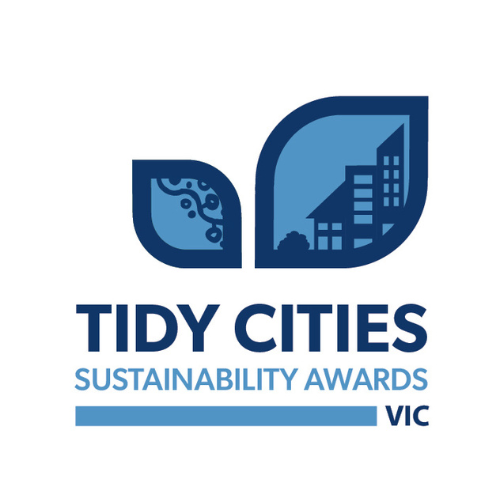
City of Ballarat
The Pax Hill Scout Camp Heritage Centre has transformed from an historical register of Scouting memorabilia and archives to an innovative, educational and interactive heritage journey for young people to learn about Scouting and collections through technology, design, exploration, participation and fun.
City of Whitehorse
The Melbourne Guild of Fine Woodworking preserves ancient woodworking traditions by teaching students to craft beautiful objects using salvaged timber, often from trees felled in Melbourne, like those from the Royal Botanic Gardens. Their aim is to protect the environment and pass on traditional techniques, ensuring these skills are never forgotten.
City of Boroondara
“Make, Mend, Do: Crafting a Circular Economy” was a six-week program that explored the role of heritage, arts, and culture in promoting a circular economy. Through workshops, panels, and events like the ‘Universally Repaired’ art exhibition and Threads Exchange, it highlighted sustainable practices in fashion, crafts, and other trades, advocating for slow fashion and the integration of circular economy principles into daily life.
